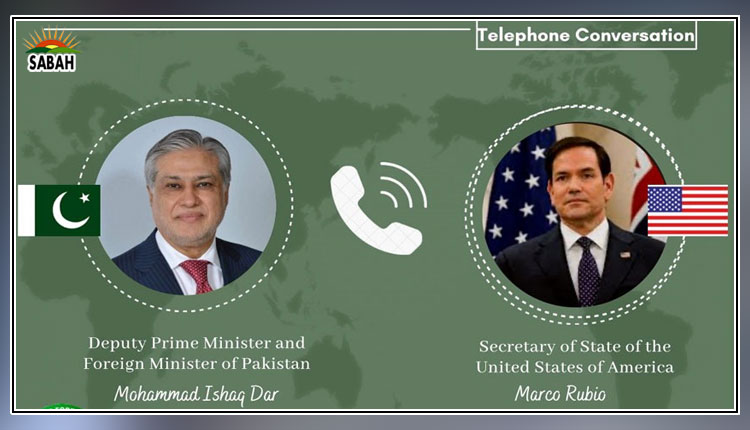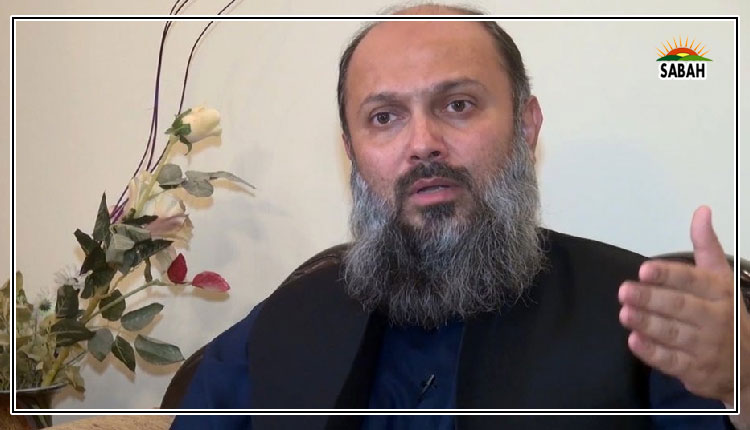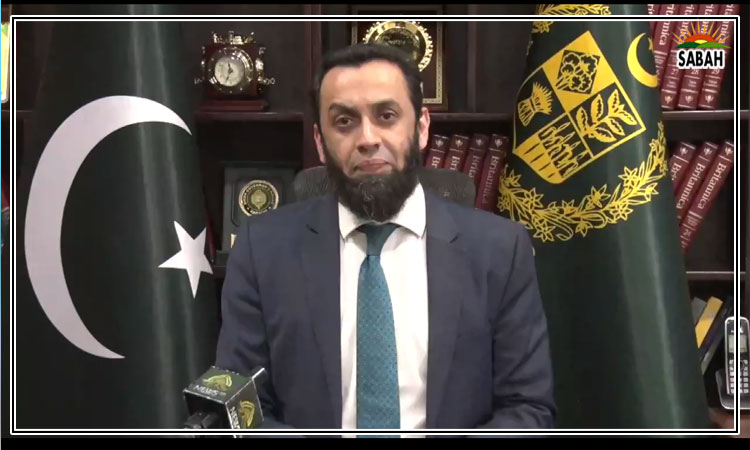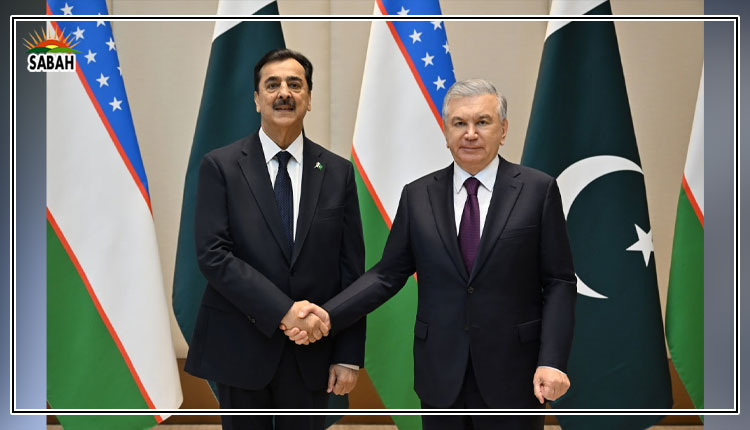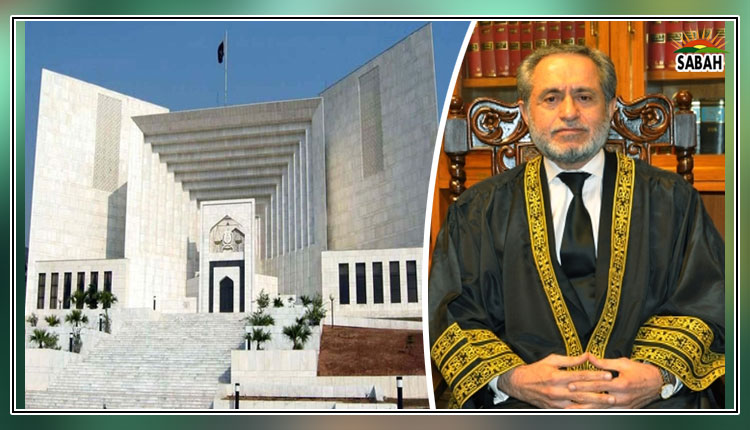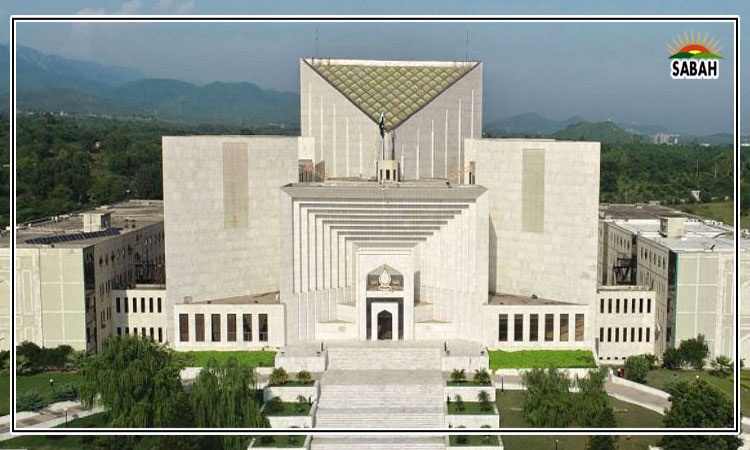Colours of the flag…Ali Tauqeer Sheikh
THE Christian communities of India and Pakistan are under attack by those representing the saffron and green parts of their respective flags. Saffron is particularly ruthless towards poor Muslim neighbourhoods in India, while the green is unforgiving to young Hindu girls in Sindh. Perhaps there is no other region of the world where the colours of flags have been interpreted in such exclusionary terms.
A key difference is that while in India vigilantism symbolises the state-sponsored reign of Hindutva ideology, in Pakistan, it shows the weakness of the state that has neither the moral compass nor the willingness to stand up for the rights of the vulnerable segments.
Equally important, we have failed to develop a vision to lift the minorities and other marginalised groups from ghettos and katchiabadis, where half the urban population lives, to a level where they can lead dignified lives through inclusive and climate-smart development.
We know that the Christian minorities mostly live in congested neighbourhoods that are informal or illegal, located on unproductive tracts of land in low-lying and disaster-prone areas, mostly without civic amenities and environmental services, and often in worse conditions than their poor Muslim counterparts.
Without recognising these fundamentals, the principles of climate justice cannot be delivered. The recently adopted National Adaptation Plan has identified several points of intervention for urban adaptation that can help reduce the socioeconomic and climate vulnerabilities of such marginalised communities.
Since the perpetrators and victims are typically from similar socioeconomic backgrounds, it is imperative to develop a long-term view. Delivering fundamental rights to marginalised groups is an intricate and complex process requiring multiple interventions by various organs of the state and other stakeholders. Lets see if we are prepared to tackle the issue head-on.
We have failed to develop a vision to lift the minorities from ghettos.
The white strip on our flag, one-fourth of the total, represents the existence of religious minorities in the country. Yet, violence against minorities in Pakistan started in 1948 when a synagogue in Karachi was torched.
The community it represented was largely a bystander during partition, as were the Christians of Jaranwala. Since then, many minorities have faced varying degrees of harassment or outright violence: Jews, Zoroastrians, Sikhs, Bahais, Ahmadis, and even Muslim sects including Shias and occasionally Ismailis, Bohris and Zikris.
Some groups have engaged in relentless ethnic cleansing of the Hazara community in Balochistan. Clearly, the white strip has been dishonoured and discoloured. It is now soaked in not just the tears but also the blood of religious minorities.
The number of minorities has diminished; some have almost disappeared. In 1951, for example, the Hindus formed 22 per cent of the population of East Pakistan and 15pc of Sindh. The minority percentage dropped drastically in 1971 with the separation of the eastern wing.
In Sindh, the Hindu population has reduced to 1pc, even if the Pakistan Hindu Council claims it is 8.7pc. But we have retained the size of the white part of the flag because symbolically, it reflects the rights of religious minorities, and not necessarily their size.
According to Nadra, there is one person who identifies himself as Jewish in the country. In principle, the white colour in our flag stands for the rights of this single individual.
White has been interpreted as the colour of peace, purity and paradise in Islamic history. It is about time we viewed the significance of the white strip in our flag in much broader terms than just the rights of religious minorities. The views of minorities in our daily lives are equally important.
A civilised society plays a pivotal role in allowing itself to become tolerant and accommodating of diverse views. A minority view in the corporate boardroom, cabinet deliberations, parliamentary debates, or on the Supreme Court benches, deserves no less respect and consideration than the majority view.
While the majority view prevails in a democratic dispensation, it cannot deny the right of minority views to exist, nor the space they deserve. Societies become innovative by using minority views as sources of learning and reflection, sometimes for remorse or mid-course correction.
The delivery of the promise of the green colour in the flag, therefore, hinges on the collective, consensual meaning of the white part. Regrettably, the white strip has been violated since the late 1970s with policies that trivialised the religious principles of jihad and blasphemy.
The white in the flag needs to be the primary source of societal peace and harmony. It must be based on compassion that is inseparably linked to truth and justice. It must take the form of a politics that, as Akmal Hussain has summed up in his newly released book Pakistan, Institutional Instability & Underdevelopment, aims to change the social order that systematically generates poverty and inequality, and injustice inherent in these economic phenomena.
In Pakistan, poverty and climate vulnerability are two sides of the same coin. The Christian colony in Jaranwala is a prime example. Here are four ways to give solace to mainstream minorities.
First, justice delayed is justice denied. Cases should be fast-tracked to communicate that a red line has been crossed and that that is unacceptable.
Second, promote role models from within marginalised communities. Lend support to young entrepreneurs and their start-ups. Akhuwat, Kashf and other microfinance institutions can help nurture their dreams.
Third, invest in the education of young girls and boys from minority communities. Nothing empowers communities more than education. The Benazir Income Support Programme, private foundations and others can step up efforts to promote education among minorities.
And finally, support asset formation for poverty alleviation, without which it is difficult to lift people out of poverty. Recent examples provide guidance. The Sindh government is awarding land ownership documents to flood victims for the construction of climate-proof houses.
Instead of disbursing cash, the government should give victims of injustice land titles to restart their lives. The formation of assets can serve as an example of affirmative action in the region through climate adaptation, poverty alleviation, empowerment, and restoring dignity to the victims of prejudice and exclusion.
Courtesy Dawn


